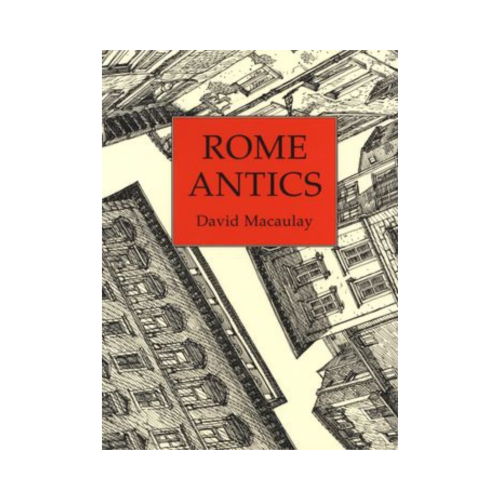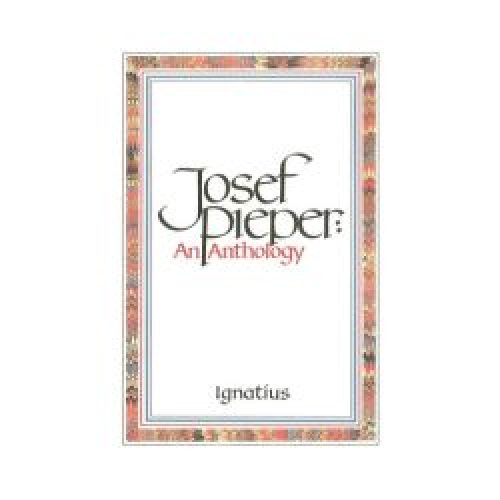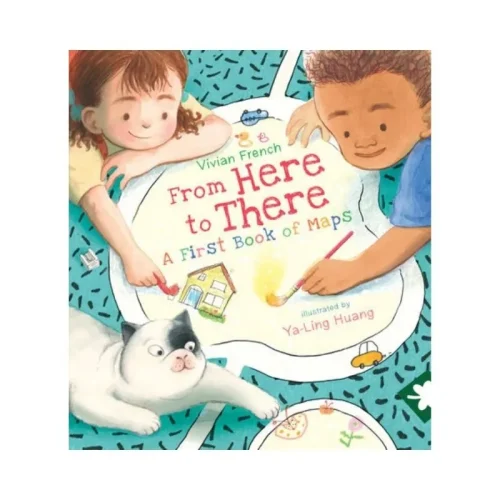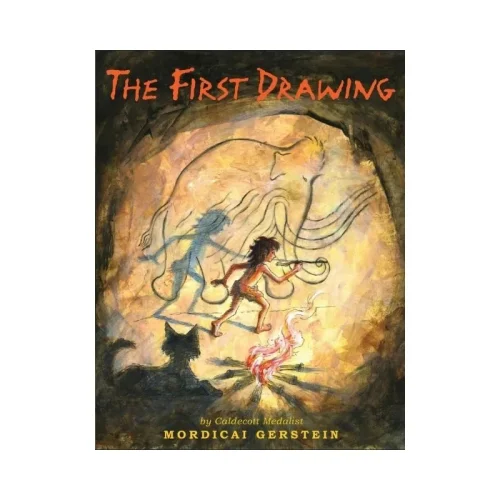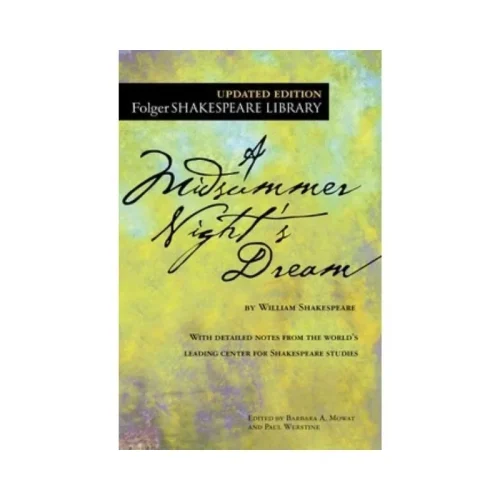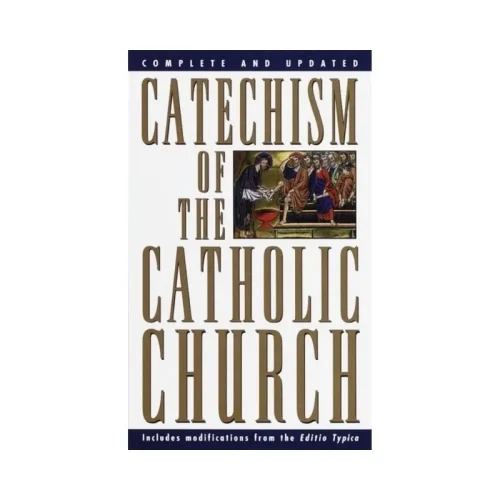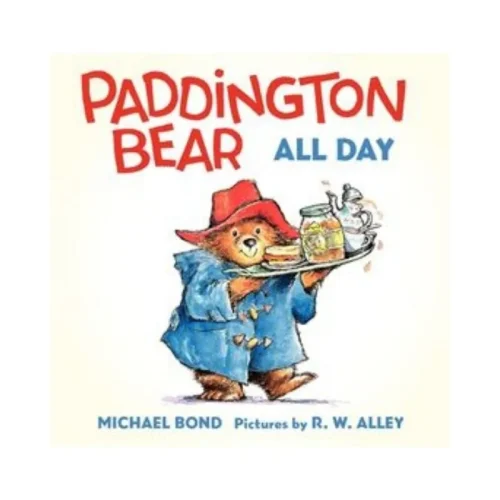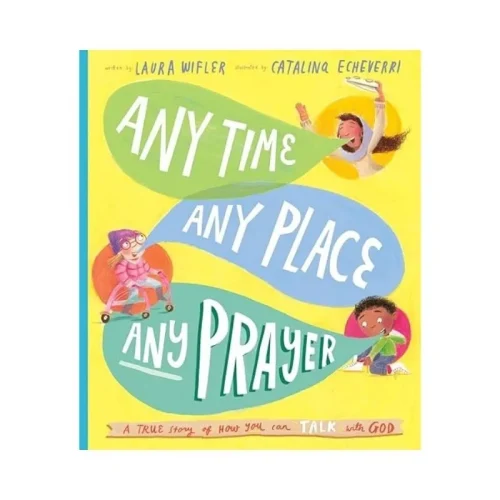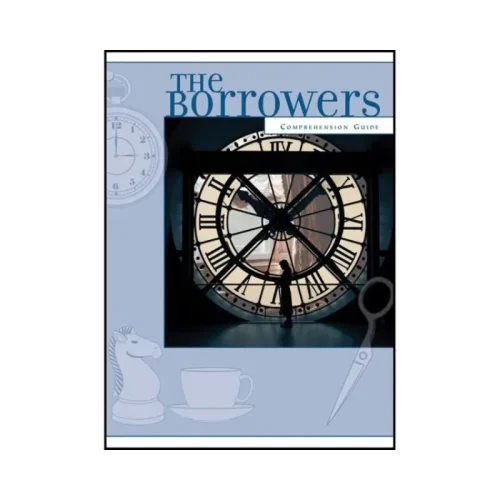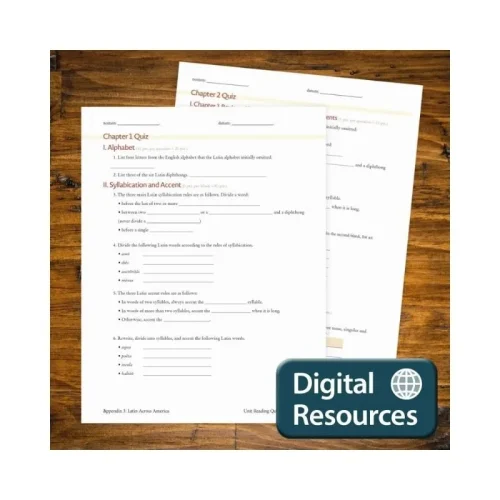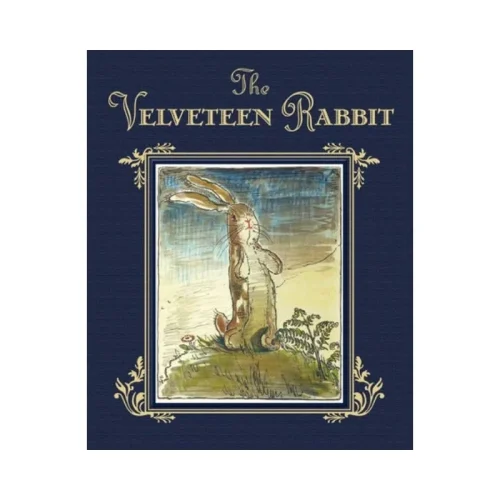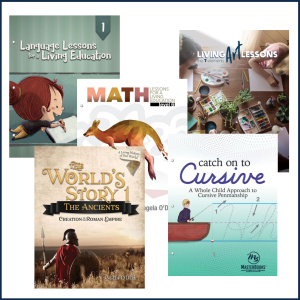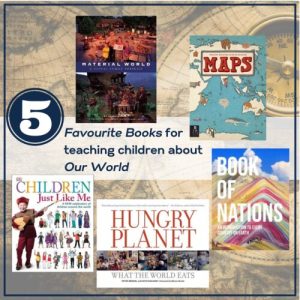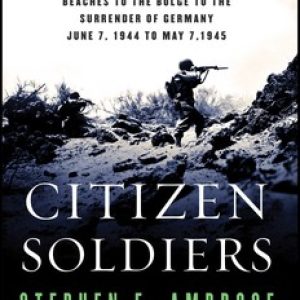The Classical Advantage
Timeless Resources for Today’s Homeschool Families
Discover a curated selection of classical education materials trusted by parents and educators across Canada. From phonics to philosophy, we make it easy to build a well-rounded homeschool curriculum grounded in timeless wisdom.
Canadian Homeschooling Made Simple
Flat-Rate Shipping.
Expertly Selected Resources.
No more guessing games or international shipping hassles. We offer flat-rate delivery across Canada and hand-picked books that support every age and stage of learning—so you can focus on what matters most.
Featured Products
Explore
books
Our books are carefully curated to include rich content, captivating illustrations, and traditional values.
Explore
curriculum
We supply homeschooling families with curriculum suited to their style, stage, and subject.
Explore
support
Coming alongside with a team that has decades of homeschooling experience. Reach out; we’ll help.
New Arrivals
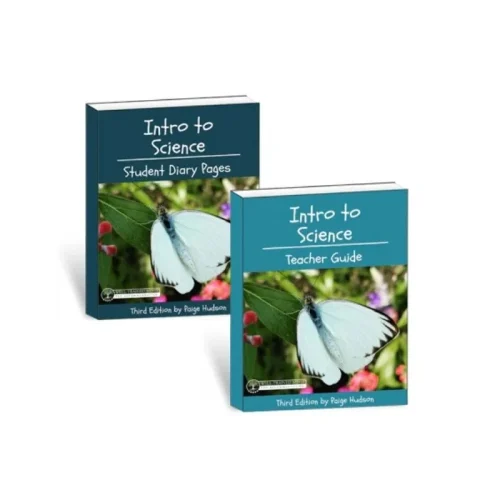
Special Collections to Find the Perfect Resources for You
Educational
Books Collection
Explore subjects, ignite curiosity, and empower your homeschooling journey.
Fairytales
Collection
Visit enchanting worlds and create timeless memories with your family.
Complete
Grade Packages
Everything you need to teach through a year, including lesson plans.
Curriculum

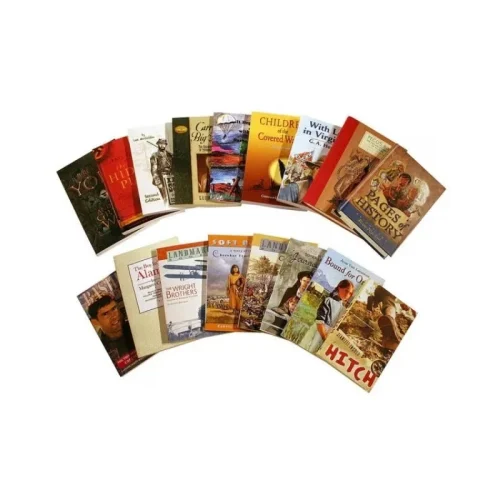
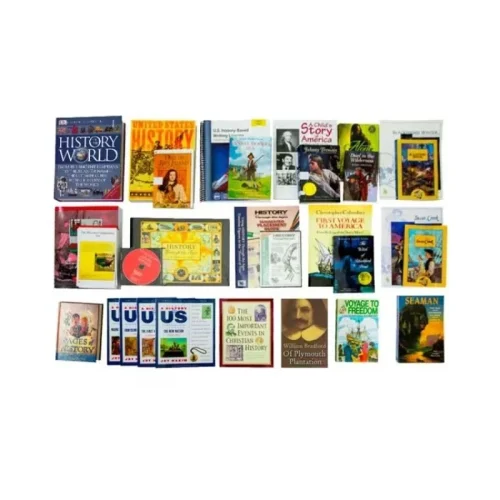
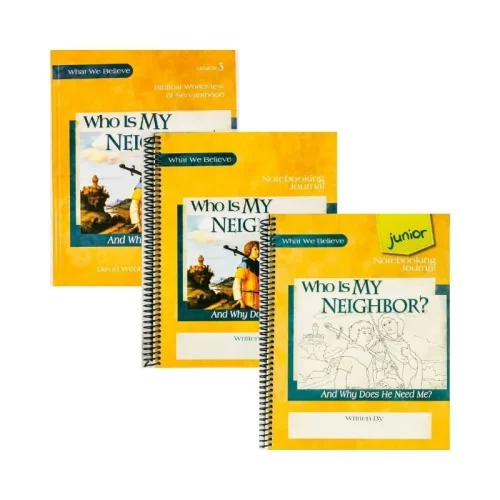
Featured Categories
Sale Products





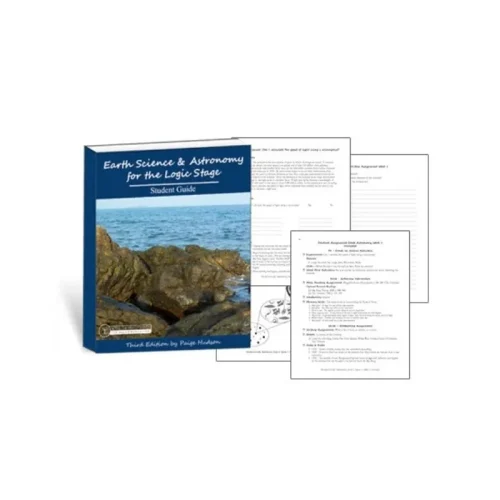
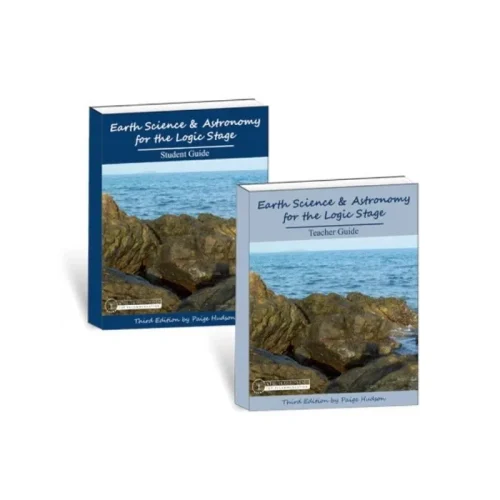
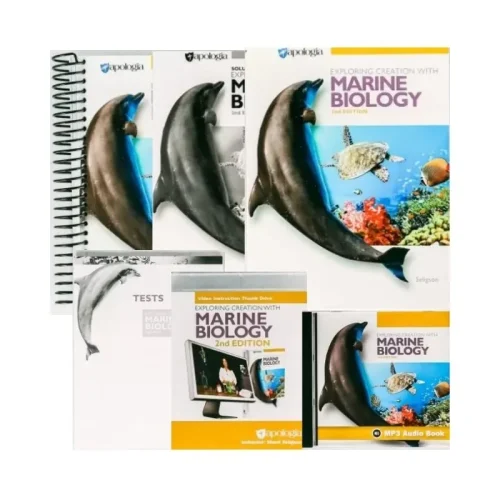
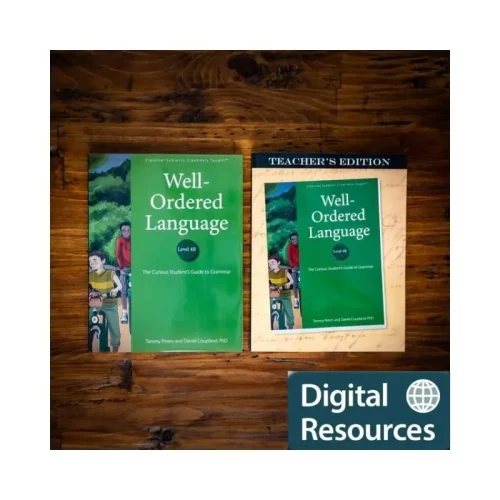
Inspiring Lifelong Learning — One Book at a Time.
Explore timeless resources for every age, subject, and stage of your homeschool journey.
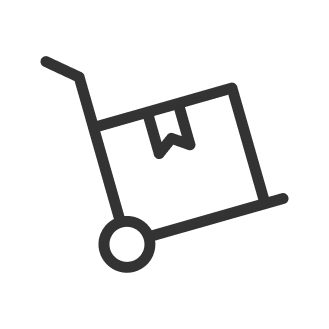
Flat Rate Shipping
Orders Over $150

Quick Payment
100% Secure Payment

Support Team
Ready For You

Money Return
Back Under 30 Days
Latest News
- All Posts
- Book Review
- Book Stacks
- Christmas
- Curriculum
- Encouragement
- Family Life
- For Moms
- Gift Ideas
- Homeschool Science Curriculum
- Homeschooling
- motherhood
Workbooks in Homeschooling: A Misunderstood Resource? Our CEB team has met a fair amount of homeschoolers who recoil a little...
Getting Started: Tips for New Homeschoolers Making the decision to homeschool is often the most difficult part of the entire...
Queen Victoria was born on May 24, 1819, and began her reign in 1837 at 18 years of age. Her...
We’ve pulled together a great stack of March read-alouds for you and your family. Patrick: Patron Saint of Ireland recounts...
These engaging and rich resources will bring geography to life for you and your children. Material World Maps Book of...
Written in the late 1990’s, Stephen Ambrose’s “Citizen Soldiers” draws upon oral histories, memoirs, and letters of Allied and German...


